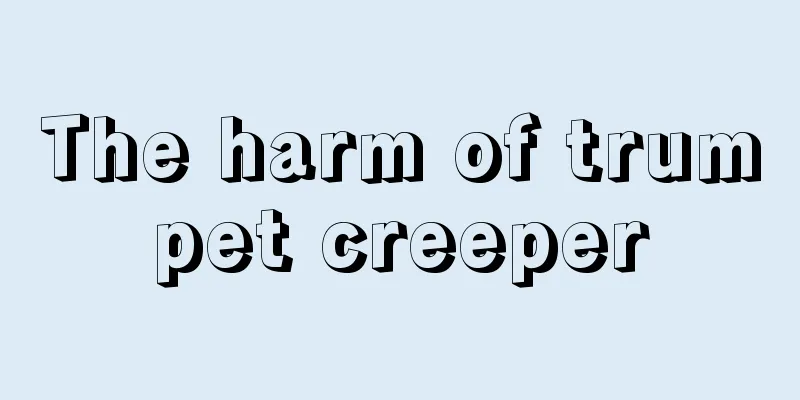How to grow gentian

1. Maintenance methods1. Temperature: Gentiana prefers a cool growing environment, so most of them are generally planted in the north. It has a high cold resistance and can withstand temperatures as low as minus 25 degrees Celsius, so it can completely spend the winter outdoors. However, it should be noted that the temperature in summer should not be too high, otherwise wilting and dehydration will occur. 2. Watering: Gentian likes moist soil and needs to be watered from time to time. The specific amount of watering should be determined according to the dryness and wetness of the soil. In summer, the amount of watering can be increased, but it is best not to allow water to accumulate. 3. Light: Gentiana likes sufficient warm light, which can make its flowers more colorful and the plant grow better. At the same time, more attention should be paid to light during the seedling stage of the plant. Sufficiently warm sunlight can make the seedlings stronger and grow into more ideal plants. 4. Fertilization: Gentiana has a relatively high demand for fertilizer. The soil needs to be kept fertile, and sufficient fertilizer helps it bloom. Before planting, some base fertilizer needs to be applied, mainly animal manure. After that, during the breeding period, you can also apply organic fertilizer and combine it with practical compound fertilizer. 2. Breeding techniques1. Reproduction: division and sowing are two important methods of reproduction. Division can be done in early April every year. Simply dig out the roots of the seeds, divide them into several parts, and then replant them. Sowing is carried out in spring and autumn. When sowing, you should pay attention to the spacing. The distance should not be too close. If sowing is done in autumn, it will germinate in the spring of the following year. 2. Pruning: Gentiana is generally planted in large areas, so it does not require much pruning. During the cultivation process, some yellowing and withered branches and leaves will appear, which can be directly picked off by hand. 3. Problem diagnosis and treatment1. Disease: Leaf spot may occur, which will affect the final yield, so the diseased branches and leaves need to be cut off in advance. Afterwards, the pesticides should also be diluted for prevention and control. 2. Pests: Aphids may occur, use DDT solution to control them as early as possible. IV. Other issues1. Toxicity: It is non-toxic and has been used as medicine. It has the effect of clearing heat and disinfecting. 2. Can it be grown at home?: Not suitable, it is usually grown in large areas outdoors. |
<<: How to raise blue butterflies
>>: How to breed Rhododendron pubescens
Recommend
The growing environment and local conditions of red dates
The growth environment and conditions of red date...
How to grow bellflower pot plants
1. Breeding environment 1. Soil: The choice of so...
When to plant rose seedlings
1. Planting time The best time to plant rose seed...
What fertilizer is best for growing peanuts?
As we all know, crops need to be supplemented wit...
Feed orchids with a small pill, and they will burst into a large bunch in 2 weeks, and the flowers will bloom and fill the house with fragrance!
To grow orchids, you must first grow their roots....
Why can't peach trees be planted at home? Where can peach trees be planted at home?
You can plant peach trees at home. Because they h...
Cultivation methods and precautions of pink palm
1. Soil It is recommended to choose peat soil wit...
Where are the planting conditions and climate suitable for Codonopsis pilosula?
Codonopsis planting conditions When planting Codo...
The 8 most beautiful hanging flowers in the world will drive you crazy at first sight!
1 Peony Flowering period: April-June The flowers ...
How to propagate water banana
Propagation of water banana by dividing bulbs The...
In which month should all the leaves of Amaryllis be cut off (how to cut the leaves and to what extent)
Amaryllis is a very ornamental plant and is also ...
How many times can Chinese cabbage be planted in a year? How many months does it take for it to mature?
How many times a year is Chinese cabbage planted?...
How often should I add egg shells to spider plants to make them grow more vigorously?
1. Interval time It is generally better to bury e...
How do hyacinths survive the winter? Will they be frozen to death in winter?
1. How to spend the winter 1. Move indoors: Altho...
Cultivation methods and precautions of the nine-death grass
The plant of the herb is very easy to grow and ha...









